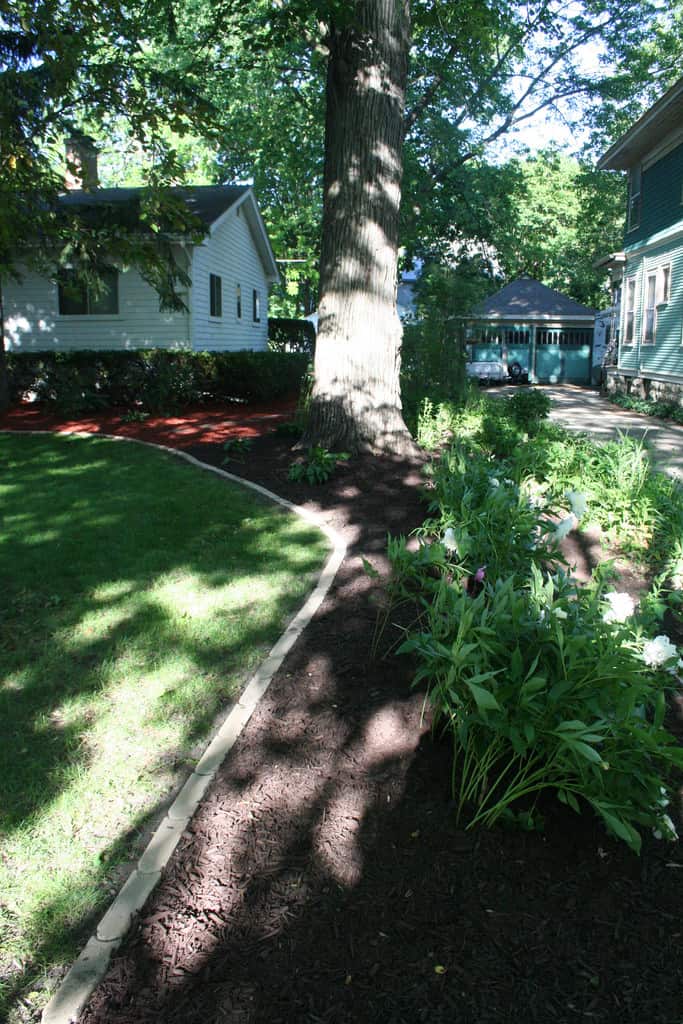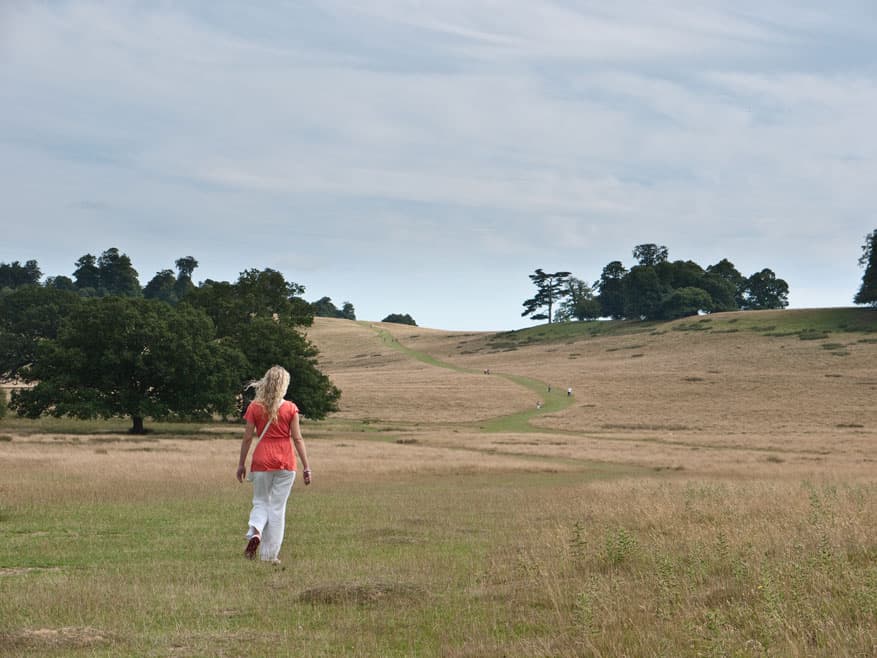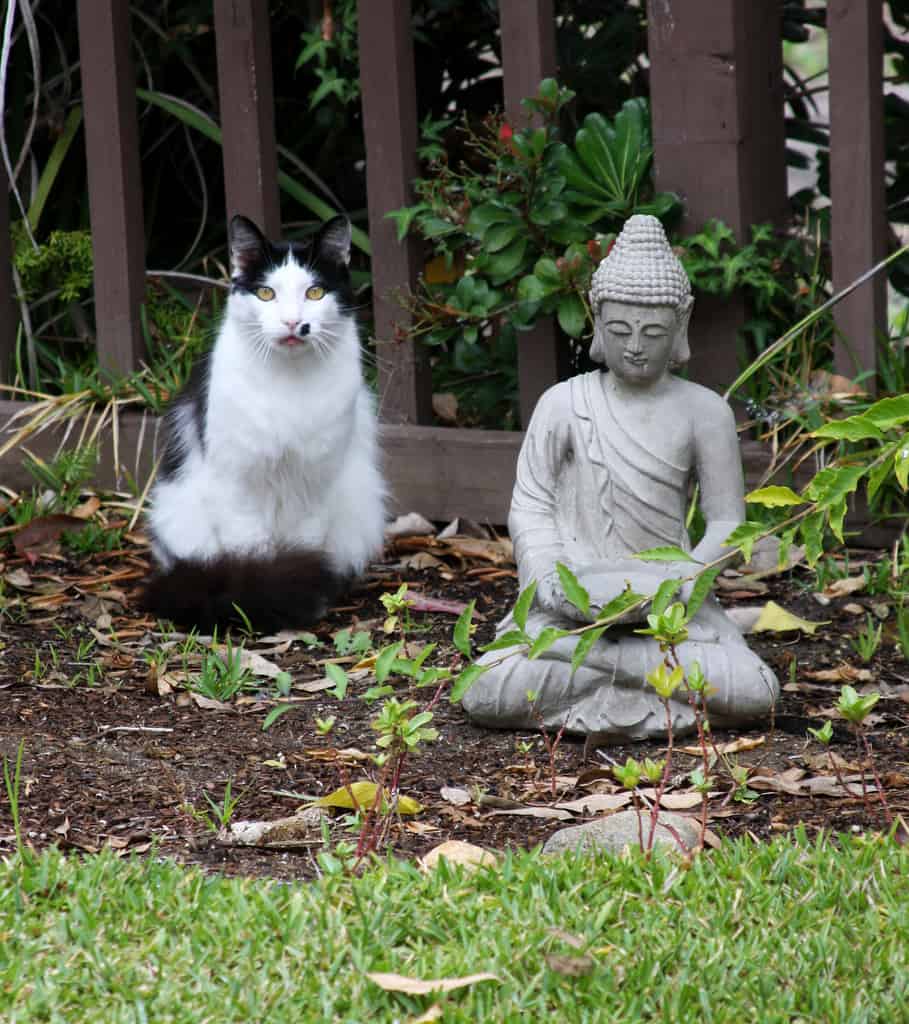Beginning is almost always the most difficult part of doing something, and that goes for mindfulness meditation. So what can beginners do to get the most out of their practice? There are lots of simple ways to enhance early meditative practice, actions that don’t take much time or effort but,can have a huge impact on success. Here are 16 quick beginner tips for mindfulness meditation:
1- Meditate Anywhere
Photo credit: firepile via Foter.com / CC BY
Don’t restrict yourself to meditating in a perfect lotus position or in one specific spot. Try meditating in unexpected places like your backyard or even in public places. Mindfulness practice at work can be particularly effective. The possibilities are limitless.
2 – Start Simple
How do you eat an elephant? One bite at a time. Long lasting, whole life transformation doesn’t happen in one quick swoop, and the best approach is one bite at a time. Rather than jumping straight to a weeklong meditation retreat or mindful eating, take some time to ground yourself in simple meditation, then branch out when it feels right.
3 – Wake Up

Photo credit: Zvone Lavric
Trying to meditate while you’re overly tired is a recipe for frustration – you’ll often find yourself dozing off instead of being fully present. If you’re struggling with being overly tired, drink a large glass of water or stretch well to wake up the muscles. You might also use an alternate position or a different time of day. The point is to offer yourself the best possible chance to get the benefits of mindfulness meditation.
4 – Soft Focus
Photo credit: maxime.bober via Foter.com / CC BY
This is really a key to getting the rhythm of mindfulness. You should never feel strained to heft all of your thoughts out or to squeeze some focus out of your practice. Allow the process to happen organically, and trust that it will come.
5 – Get Moving
Photo credit: MatthewJCarter via Foter.com / CC BY
Before you sit down to meditate, go for a walk (preferably in the park). Fulfilling the body’s impulse to move around before you sit down can be a powerful step in quieting the mind and can really combat excessive restlessness.
6 – Meditate Before Eating
Photo credit: theogeo via Foter.com / CC BY
Trying to meditate after a big meal tends to lead towards sleep rather than towards peace. Trying to meditate on an empty stomach can be just as distracting. A light meal before meditation is a good idea, or waiting to meditate for at least an hour after a heavy meal will offer you a good, balanced belly. It’s not as difficult as it sounds, just something to stay mindful of as it can affect your sitting meditation.
7 – Lightly Stretch

Photo credit: timsamoff via Foter.com / CC BY-ND
Before you meditate, lightly stretch to allow your body to reset. This also allows you to have a clear mental break between the time before meditation and meditation. Keep it simple, doing just a couple of stretches through your arms and legs. Again, be careful not to go overboard – the idea is to wake your limbs up, not to test your flexibility.
8 – Trust Your limits

Photo credit: dlofink via Foter.com / CC BY
Don’t try to push yourself to sit for longer than you really can. You have limitations, and that’s okay. Challenge yourself and stretch your limits, but not to the point of frustration. A shorter but focused sitting is better for you than a longer, frantic one.
9 – Find Guidance

Photo credit: Calsidyrose via Foter.com / CC BY
Look for some guidance in your meditative practice. Try an online mindfulness course or seek out a local community so that you aren’t alone in your practice, and also so that you’re able to have a trusted source for questions when they come up.
10 – Tell Others

Photo credit: Dreaming in the deep south via Foter.com / CC BY
There are lots of reasons to tell others about your meditative practice, but the most important is so they understand the necessity for you to have the space for your practice. This is especially true if you share a home and need that space or if you meditate at your workplace. Be sure to express the seriousness of your practice and how important it is to you that you have their support.
11 – Reaffirm Your Practice

Image credit: Sergey Klimkin
Take time to remind yourself of why you started doing this in the first place. Take time to engage in a mindfulness community that can enliven new reasons for you and reaffirm your practice so that you don’t get discouraged. This is really a preemptive step, but an important one, as it enriches your practice and keeps you growing.
12 – Don’t Jump Up

Mindfulness meditation is not an on/off process. At the end of a meditation session, don’t jump up and run off with your day. Allow yourself a few minutes to come back to the world slowly, a step that will help you to carry your experiences into your everyday life (which is really the goal after all). Schedule your meditation time to allow for this.
13 – Play the Long Game

Photo credit: Derek Bridges via Foter.com / CC BY
Don’t think about meditation in terms of creating a habit in the short term, but rather in terms of molding your lifestyle for the long term. As we said before, these changes don’t happen overnight, but they do happen if you stick with it. Mindfulness has a way of growing inside your life and taking root. Let your meditative practice trickle into all aspects of your life, and welcome those changes, then prepare yourself for more. This isn’t a today practice or a tomorrow practice, it’s a lifelong process.
14 – Forgive Yourself

Photo credit: Hamed Saber via Foter.com / CC BY
Consciously let go of your judgement of yourself, especially in the beginning of your practice. Don’t judge your thoughts, even if you are uncomfortable with them. Don’t judge your ability to meditate or to create change. Don’t judge yourself for falling off the mindfulness wagon. Mindfulness has a way of laying us bare and that can be frightening. Whatever you’re thinking or feeling is already there, mindfulness just allows you to see it. It’s from here that you can make changes.
15 – Pick a Space

Photo credit: quinn.anya via Foter.com / CC BY-SA
This might sound counter to #1, but here we’re not talking about limiting yourself so much as giving your practice a home to live in. It doesn’t have to be complicated, but it does need to be dedicated. Set up the space to make you comfortable and at ease. Your body and mind will be ready when you’re sitting down to meditate because they know what you’re expecting of them, and it will be easier to get into your practice. You can also set up a space at your office if you’re able, which can be a wonderful way to ground your practice. Then take that grounding out into the world when you meditate elsewhere.
16 – Seek Nourishing Moments
Photo credit: tinyfroglet via Foter.com / CC BY
Expand your ideas of what mindfulness means to simply being small moments that you come across to check in with yourself. These times can be just a couple of minutes, especially during otherwise unoccupied points of time. For example, simply standing in line at the drugstore or when you have a few minutes between meetings. This is a great habit to get into when you’re waiting on someone or when you feel that frustration with life starting to rise. Weaving mindfulness into your day is one of the most effective ways to enrich your practice and to keep it exciting.






